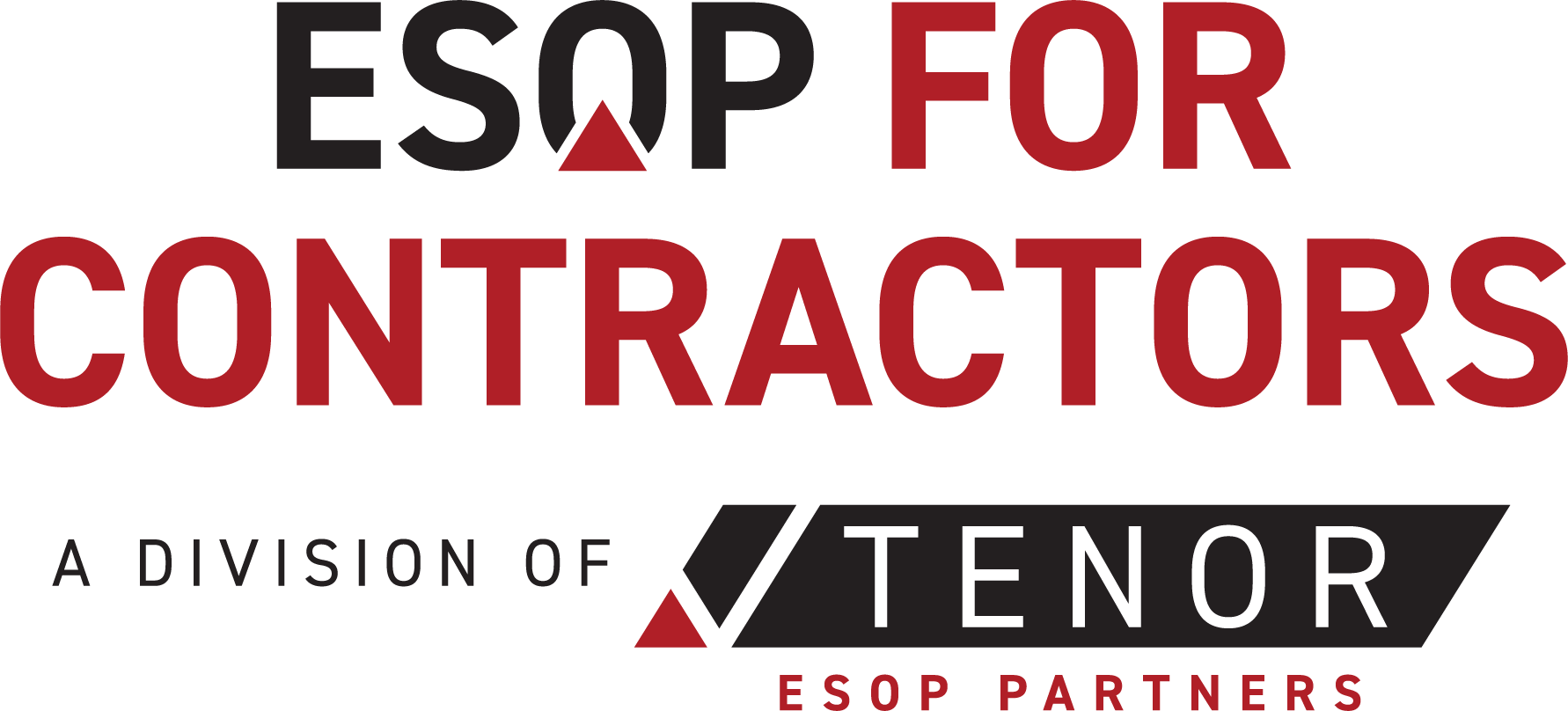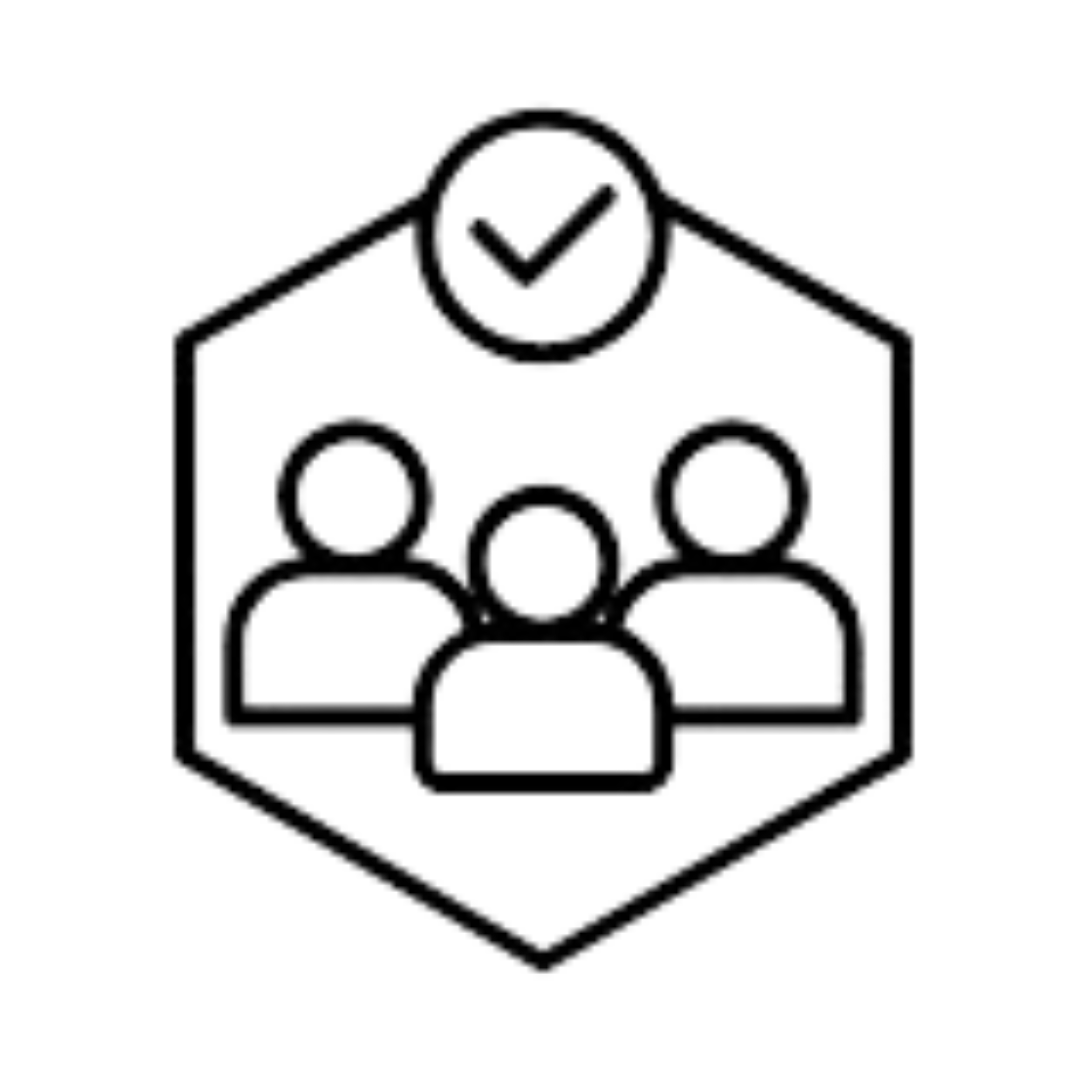Time to read: 5 minutes
How EOS Helps Contractors Maximize Value Before an ESOP Exit
If you own a contracting business and are considering an ESOP, you’re likely thinking about two primary goals: (1) maximizing the value of your company, and (2) ensuring the business runs smoothly as you transition away from the day-to-day on your terms.
That’s where the Entrepreneurial Operating System (EOS) comes in.
In a recent episode of the ESOP for Contractors podcast, host Gary Gray sat down with Eric Dykes, a professional EOS implementer with EOS Worldwide, to unpack how EOS can help construction businesses align their teams, build enterprise value, and set up a smooth ownership transition. Especially when an ESOP is part of the equation.
We covered lots of ground in this conversation, and definitely encourage you to listen to the full episode by following the link above.
Today, let’s break down what EOS is, why it works so well in the construction world, and how it can directly support a high-value ESOP exit.
What Is EOS (the Entrepreneurial Operating System)?
EOS, short for the Entrepreneurial Operating System, is a set of tools and disciplines that helps business owners get what they want from their companies, and ensures a happier, more cohesive team. The framework is built around three core goals:
- Vision: Everyone in the organization is aligned on where you’re going and how you plan to get there.
- Traction: There’s accountability at every level to ensure consistent execution.
- Healthy: Your leadership team works well together and actually enjoys the work.
Sounds pretty ideal, right? The good news is that EOS isn’t just theory - it’s pragmatic and proven. It combines the best business ideas (think Jim Collins, Patrick Lencioni) into simple, actionable tools like the Vision/Traction Organizer (V/TO), scorecards, people analyzers, and process documentation methods that actually get used.
Why EOS Works So Well with Contracting Businesses
Construction and contracting businesses are fast-moving, decentralized, and people-driven. There’s a job site in one city, a client call in another, and a dozen open items in between. With so many moving parts, it’s easy for leadership teams to lose alignment or for projects to drift off track.
EOS brings structure to the chaos (or what can feel like chaos). Eric Dykes explains it perfectly in this quick clip from the podcast, sharing how alignment translates directly into better execution, greater accountability, and stronger financial performance.
How EOS Adds Tangible Value to Your Business
Whether or not an ESOP is in your future, EOS adds enterprise value in four key areas:
- Human Capital – Building a strong, aligned leadership team that can run the business independently.
- Process Capital – Creating documented systems that make the business scalable, repeatable, and less dependent on the founder.
- Customer Capital – Strengthening client relationships, diversifying the customer base, and improving retention.
- Cultural Capital – Fostering a healthy, values-driven culture that keeps your team engaged.
These intangibles are what push businesses to the top of the valuation range - not just their immediate financials. And for ESOPs in particular, they’re essential. The business needs to thrive post-transaction and preserve the seller’s legacy.
EOS + ESOP = Strategic Alignment
Let’s take it a step further and dig into how pairing an EOS with an ESOP can be so powerful.
Remember, an ESOP turns employees into owners, creating alignment around profitability. EOS creates operational and cultural alignment, giving the business the systems and leadership strength to scale.
“It’s like pouring jet fuel on an already burning fire,” said Eric. “EOS gives you the playbook.”
This combination leads to stronger financial performance, a smoother ownership transition, and a better long-term outcome for both the seller and the employee-owners.
Thinking About an ESOP? It’s Still Not Too Late for an EOS
If you’re already thinking about an ESOP exit, is it too late to bring in EOS? Not at all.
Most EOS implementations take about two years, but you can start seeing results in just a few weeks. Even within the first 60 days, companies gain clarity around vision, accountability, and short-term priorities, building the foundation for long-term value.
Here’s the other piece: EOS isn’t just a tool for preparing for an exit—it’s a tool for preserving your legacy after you leave. When employees become owners through an ESOP, they need systems and structure to continue operating the business well. EOS gives them that foundation, and the ESOP provides the owner mentality and motivation they need.
And because ESOP transitions don’t happen overnight, there’s time to implement EOS alongside the succession planning process.
So, when is the right time? Right now, as soon as possible. 🎧
To dive deeper into this conversation, check out the full episode of the ESOP for Contractors Podcast: How EOS Supports a High-Value ESOP Exit.
Frequently Asked Questions
What is EOS in plain terms?
EOS stands for Entrepreneurial Operating System. It’s a set of simple tools that help businesses gain clarity, improve accountability, and run more efficiently. It’s designed specifically for small to mid-sized businesses.
Is EOS only for large companies?
No. EOS is built for small to mid-sized companies too, especially those with strong leadership teams and a desire to grow with more structure and alignment.
How long does it take to implement EOS?
Most companies fully implement EOS within 2 years. However, the initial structure and benefits often take shape in the first 30–60 days.
What are the benefits of combining EOS with an ESOP?
EOS helps build the systems and leadership alignment that make an ESOP successful post-close. It also boosts enterprise value before the sale, helping owners get the most from the transaction.
Can I start EOS if I’m already planning an ESOP transition?
Absolutely. In fact, it’s highly recommended. EOS can be implemented in parallel with succession planning to support a smoother and more valuable exit.
How to get started
Getting started with an Employee Stock Ownership Plan (ESOP) can transform your contracting business, unlocking potential for growth and ensuring lasting value for everyone involved. At ESOP for Contractors, we understand the intricacies of the process, from assessing your company's current status to designing a tailored ESOP that aligns with your goals.
Our leadership team knows firsthand how to create winning strategies that benefit both owners and team members alike. If you're curious about how an ESOP could enhance your business's future, we invite you to reach out for a free consultation. Let’s explore how we can help you achieve sustainable success together!

Gary Gray, Founder
Book a Free Consultation
Interested in a free consultation for your contracting business? Send us a message - We’re here to help.















